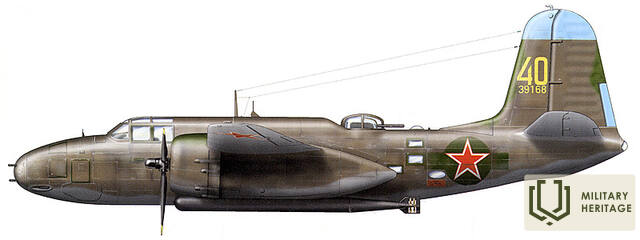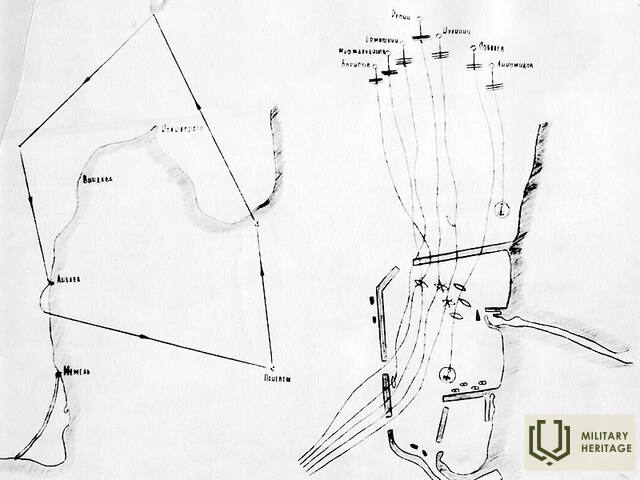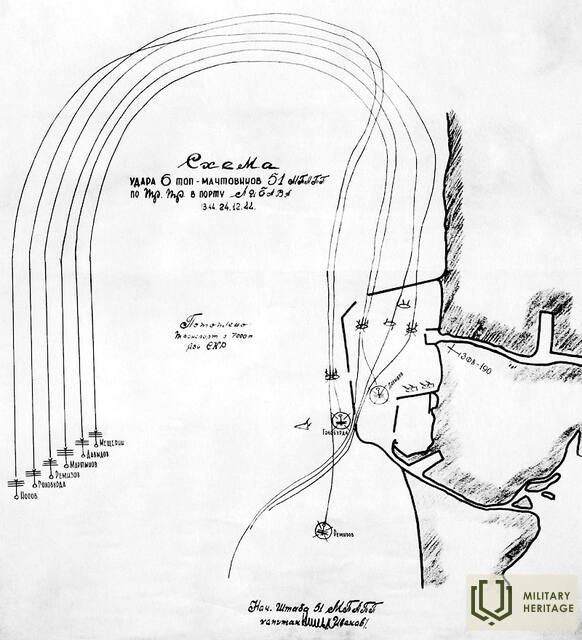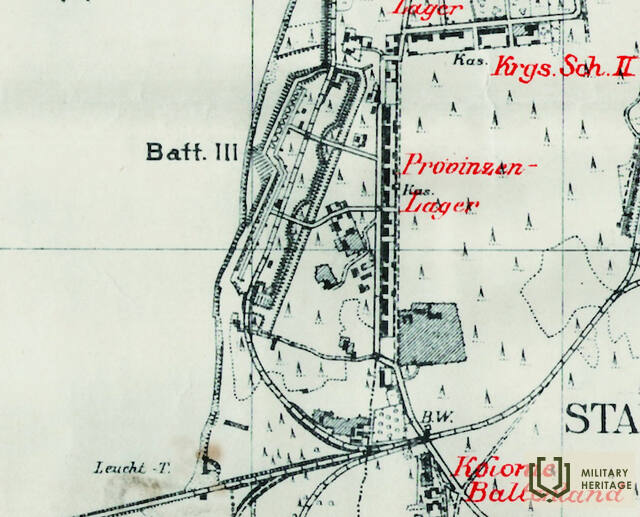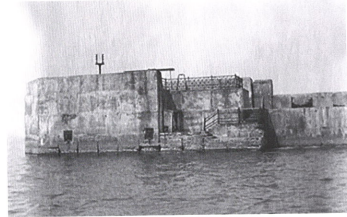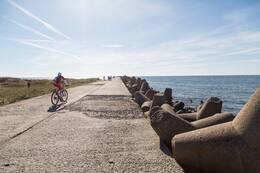Soviet air raids on the Liepāja suburb in October and December 1944
At the end of World War II, the German forces in Courland were able to successfully defend themselves for seven months, as the German Navy maintained combat capability until the end of World War II and supplied Army Group North and later Army Group Courland. The main port was Liepaja, through which 80% of all cargo was delivered and shipped. Liepaja thus became an important target for the Soviet Baltic Navy and long-range aviation.
The first air raids of the Baltic Fleet began on September 16, 1944 and continued intensively until the end of December 1944, carrying out 16 major raids, in which 2,785 combat flights were carried out, dropping more than 1,500 tons of aviation bombs. During the raids, Soviet aviation lost 156 aircraft.
During the raids, the German Navy lost 8 ships sunk and several dozen damaged to varying degrees. Compared to the total number of ships passing through the port of Liepāja, such losses were very small and had little impact on the supply of German troops.
The Baltic Fleet's 51st Guards Torpedo Aviation Regiment, armed with US-made A-20 “Boston” bombers, suffered the greatest losses. Soviet bombers carried out three raids on ships anchored in the Liepāja harbor – on October 30, December 14 and December 22. The bombers flew at low altitude, dropping 1,000 and 500 kg bombs, which, if everything goes as planned, hit the target's side and destroy it. All three raids took place according to the same scheme, when eight “Bostons” approached the harbor from the North Pier in a line and individually searched for targets. If in the first raid only one out of eight aircraft was lost, then in December the German air defense units deployed several 88 mm and 20 mm anti-aircraft gun batteries on the northern pier, which met the Soviet bombers with a wall of fire. On December 14, three out of seven aircraft were lost, and on December 22, four out of six aircraft were lost. Five “Bostons” with all their crews were shot down directly over the Liepāja outpost. Due to such catastrophic losses, low-altitude air raids on the Liepāja port were no longer carried out.
http://www.libava.ru/537.html
Related objects
North Pier and Battery No.3 in Karosta
The longest pier in Latvia - the Northern Pier - was built at the end of the 19th century as a very important part of the Liepaja Sea Fortress and military port. The length of the pier is 1800 metres, the width - 7.35 metres.
The Northern Pier is one of the first port structures of Emperor Alexander III, built between 1890 and 1892 before the excavation of the Karosta Canal. Together with the North Breakwater, the South Breakwater and the South Pier, the pier formed the outpost of Liepaja.
Liepaja Fortress Battery No 3 was located next to the North Pier of the Karosta and was planned to be the largest in terms of armament. Platforms were built for four 6-inch (152 mm) guns of the 1892 model of the Canet system, five 11-inch (280 mm) guns of the 1887 model and two 57 mm Nordenfeld anti-tank guns, as well as 18 9-inch (229 mm) guns and mortars.
Today, Battery 3 is most affected by the prevailing south-north sea current, which creates a whirlpool effect behind the North Pier, resulting in the washouts of the gun platform foundations.
The North Pier protects the Liepaja harbour area from North Westerly winds. It is a favourite place for residents and visitors to Liepaja to watch sunsets, fish and watch the sea in different weather conditions. Especially spectacular during storms.
There is ample parking at the North Pier. There are also restrooms and a café with a unique sea view.




